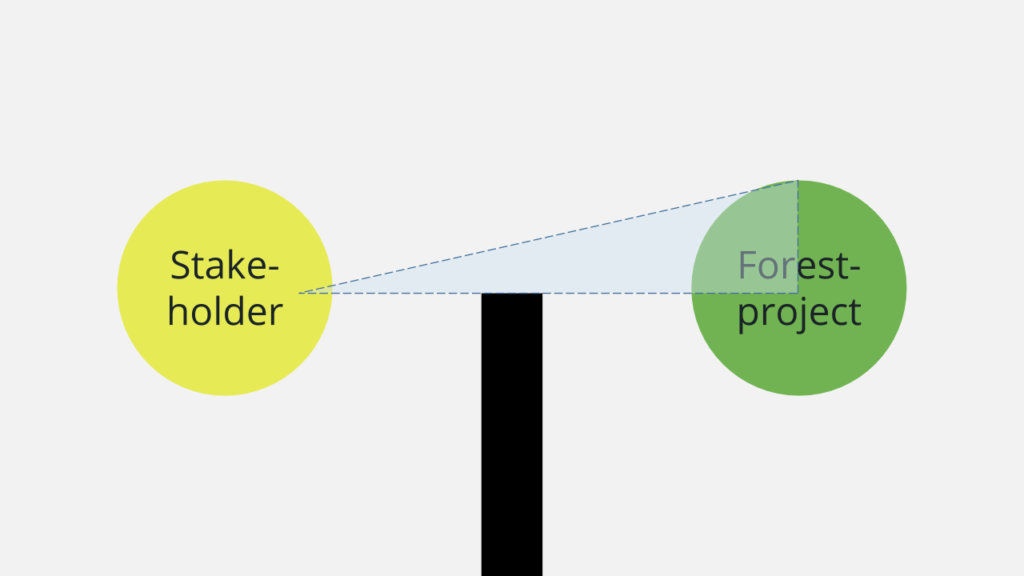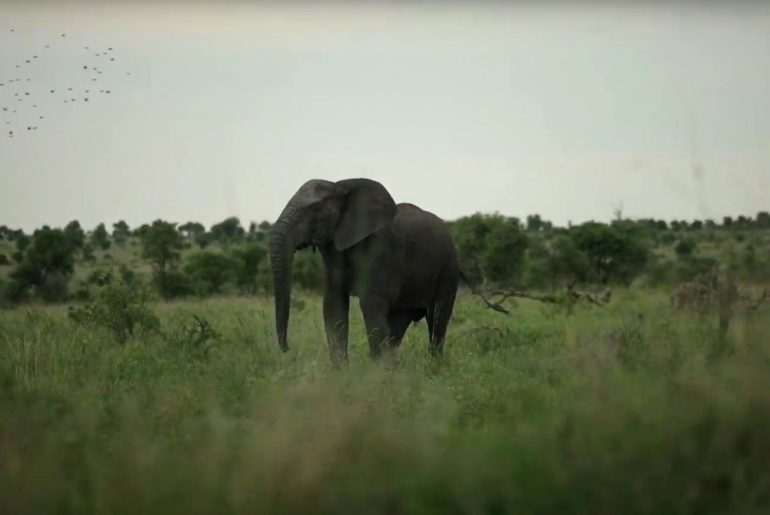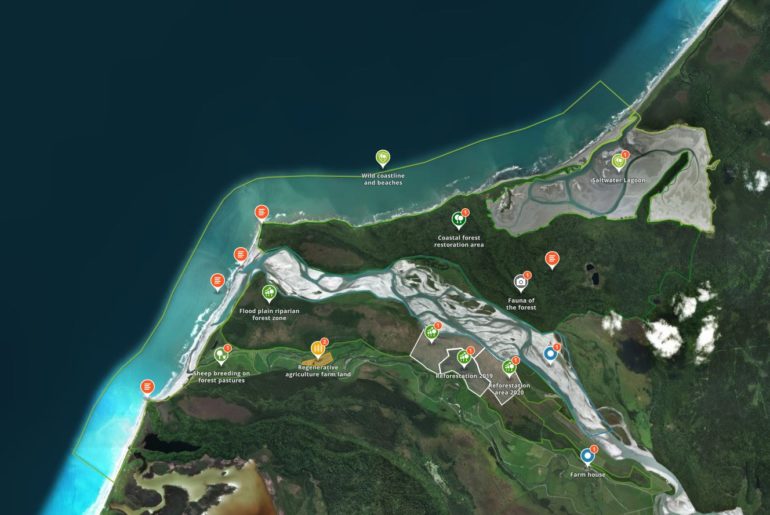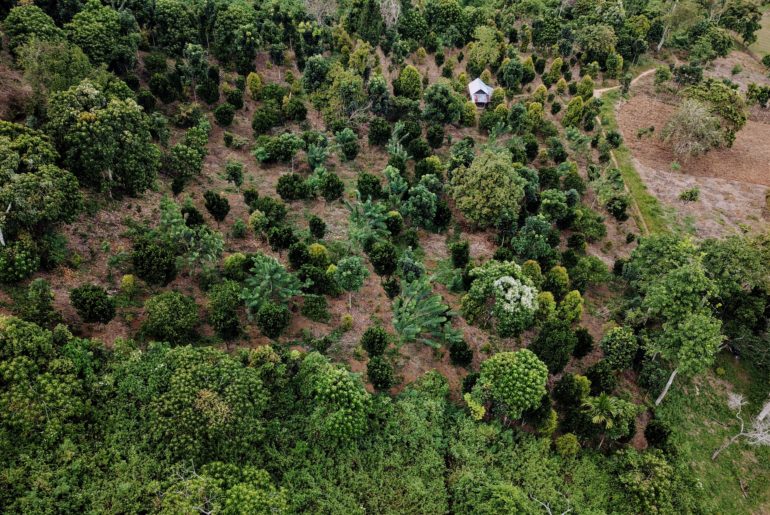The vulnerability of being more transparent has become a competitive advantage. Being open and generous with information makes you appear a less risky associate to your stakeholders.
Transparency brings light onto the work you are doing. Therefore, if you are doing good work — managing your projects in an ecologically and socially responsible way— everyone can see the results.
However, everyone can also see if you are not performing, whether with good or bad intentions. Once the trust is broken, there’s almost no amount of transparency that will help us to remedy reputational damage.
With this in mind, it becomes obvious why only sound and sustainably managed forest projects are in a position to publicly disclose internal information and create more transparency and researchability.
The vulnerability of being more transparent has become a competitive advantage. Being open and generous with information reduces the risk for your stakeholders to work with you, as they can better understand your intentions and judge you on your results.
Understanding creates trust and belief in your work, leading to a network of supporting partners.
In recent years there has been an evolution (or shall we say a ‘revolution’!) in the field of transparency.
It started with incomplete transparency. Organizations started to publicly present selected information of primary positive information about their work. This, however, has not satisfied the demand for more complete transparency.

It has led to a big number of certification schemes, like FSC, VCS, Gold Standard, ISO, to create greater transparency, verified by an independent third party. A drawback of this indirect transparency is it’s resource-intensive and bureaucratic.

Therefore, today, more and more organizations have opted for a more proactive approach and have opened up their data to the public to become fully transparent. The following figures illustrate this evolution.

When organizations decide to open their data to their employees, stakeholders or even the public, transparency increases radically. Further, the disclosure of information also changes how communication takes place. The one-directional information stream from the forest landscape project to the stakeholder has become a dialogue on an equal footing, as stakeholders have access to project information and can ask critical questions.
Organizations benefit from being confronted with grievances immediately and can constantly improve. Clients and stakeholders will appreciate transparency and will become a supportive network.
Take away:
- Telling your story based on real project data creates transparency that leads to trust.
- Projects of high-quality and high ethical and sustainability standards can gain a competitive advantage by increasing transparency.
- For low-quality projects, transparent communication includes high risks.
If you want to read the full “Story Guide for Landscape Projects” please download it at the following link.




